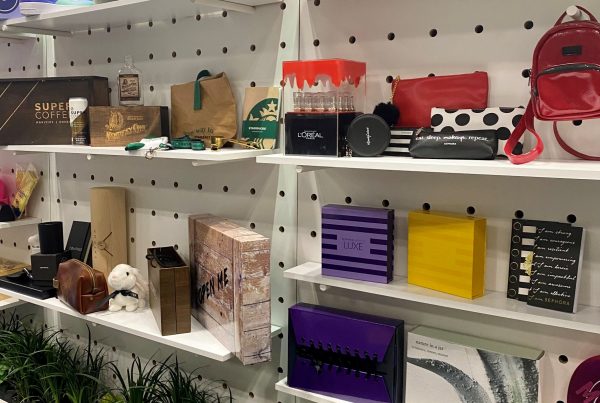If there’s one key takeaway from recent years, it’s that utilising data effectively is at the core of any successful business. The application of data in the packaging world is still in its infancy, despite its ability to considerably enhance and revolutionise the consumer experience. There are some areas, however, where data is gaining traction and influencing the packaging industry.
Personalised packaging, a growth area within smart packaging, and a driving force behind innovative packaging design, benefits hugely from the effective use of data. Even with the impact of GDPR, the advent of technological innovations continues to enhance data collection making personalisation more important than ever. Personalisation however goes beyond customisation by name; for example, many packaging suppliers in North America are working on utilising data to customise the shape of packaging dependent on the age and accessibility requirements of the intended customer.
Data is being used to develop innovative packaging formats such as active packaging which allows brands to embed information onto packaging which can be read by smart phones and other devices. This encourages greater customer engagement with the brand and uplifts the whole packaging experience. As a result, consumers can monitor freshness, nutritional value and recipes. Pharmaceutical companies are at the forefront of utilising active packaging to help patients understand product usage, safety and dosage information which has the added environmental benefit of reduced paper usage.
Data is driving packaging supply chain efficiencies. Intelligent packaging and the utilisation of the Internet of Things enables a dynamic interaction with sensors on packaging such as RFID, NFC, Bluetooth and smart labels. These technologies are being used to collect data and track packages connected to a network. This offers a range of benefits for both consumers and Brands. A more efficient supply chain increases the level of convenience for the customer in terms of delivery, product quality and sustainability. Additionally, companies benefit from the tracking analytics. The food industry is leading the charge, where Big Data and IoT sensory evaluation techniques are being used to determine food quality. By using data in this way, every transaction and element within the supply chain can be recorded and verified which brings additional economics of scale, reduces the risk of product recall and enables accountability.
For information on how We Are Amnet can support your packaging initiatives and data utilisation, please contact us at hello@weareamnet.com






